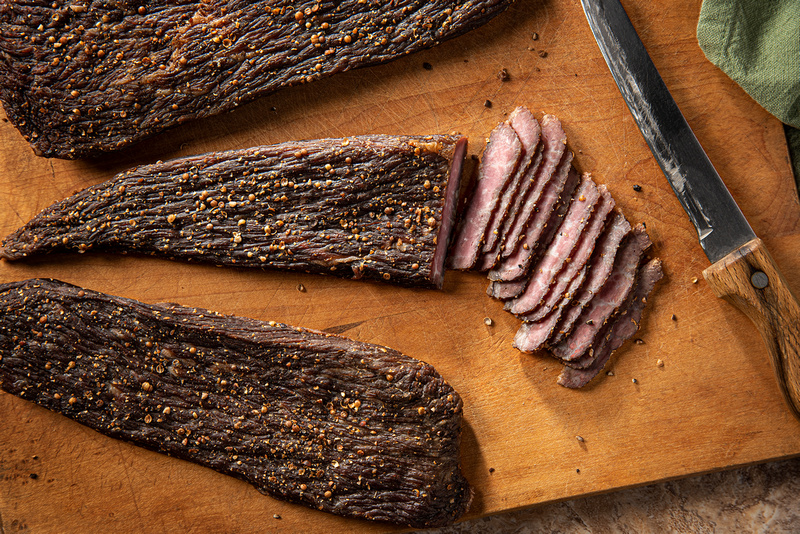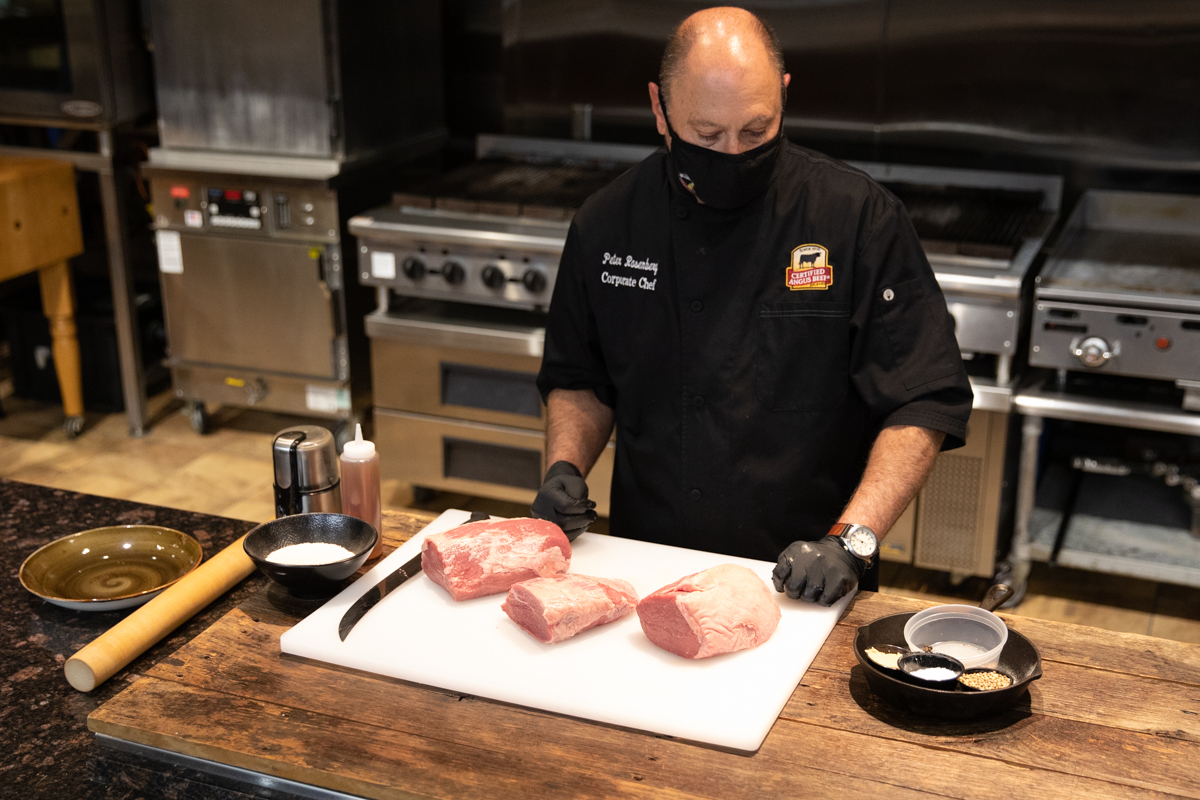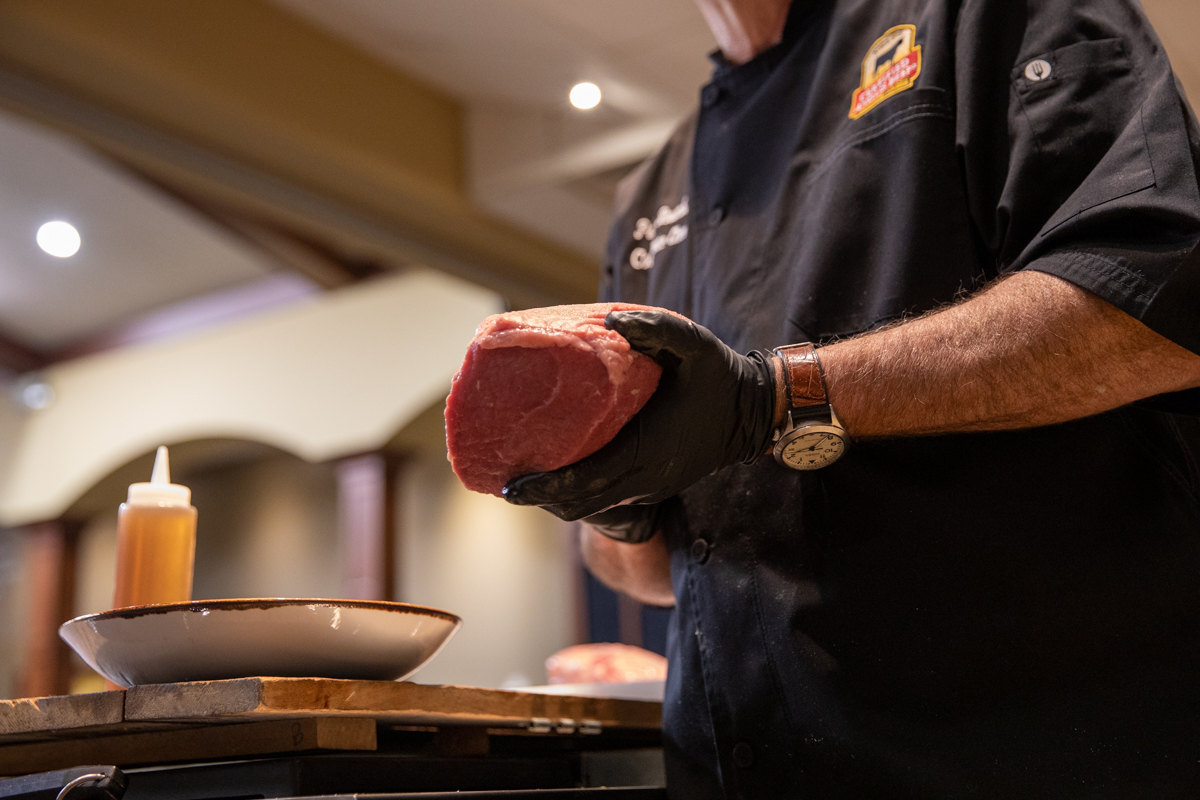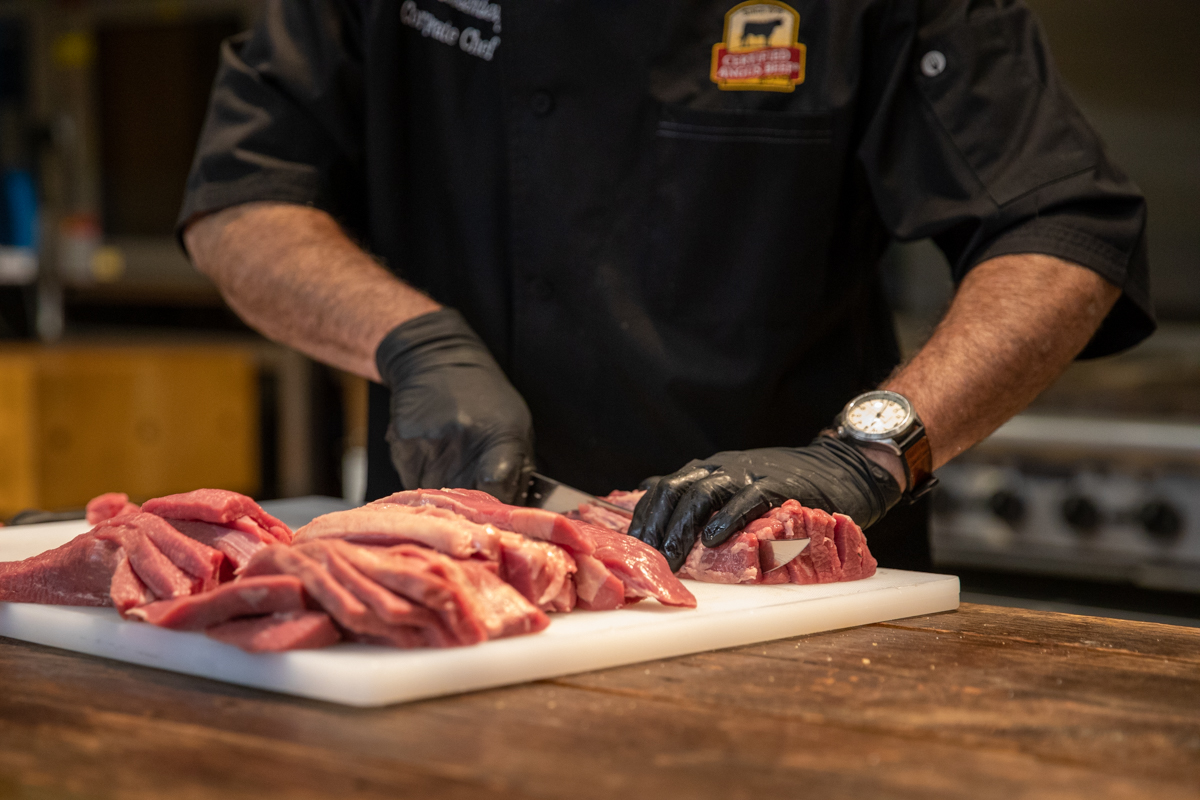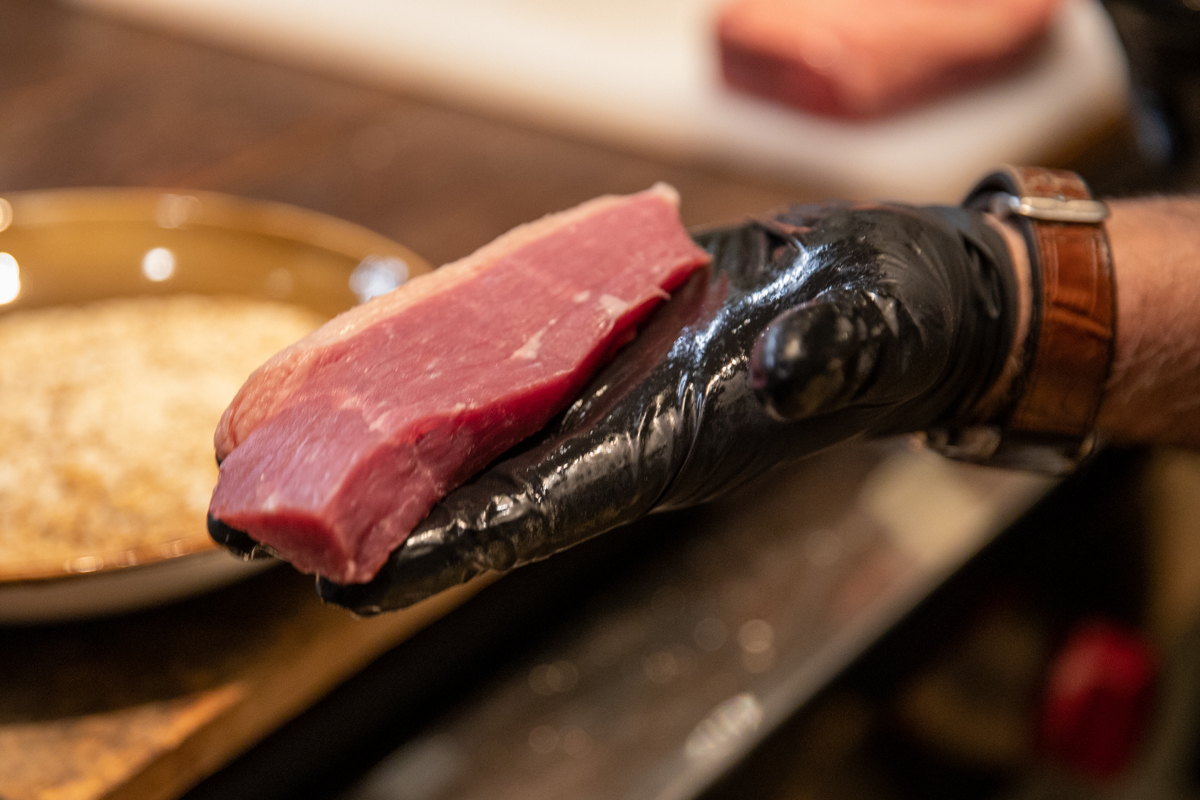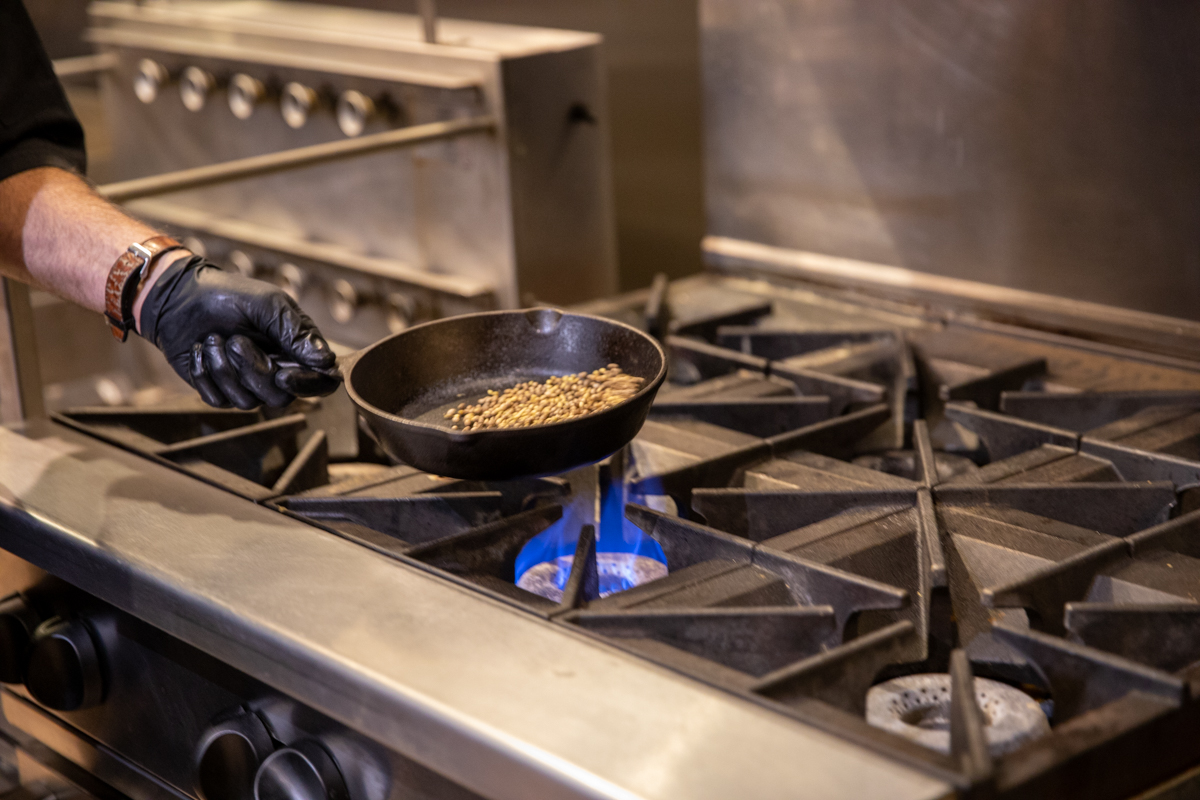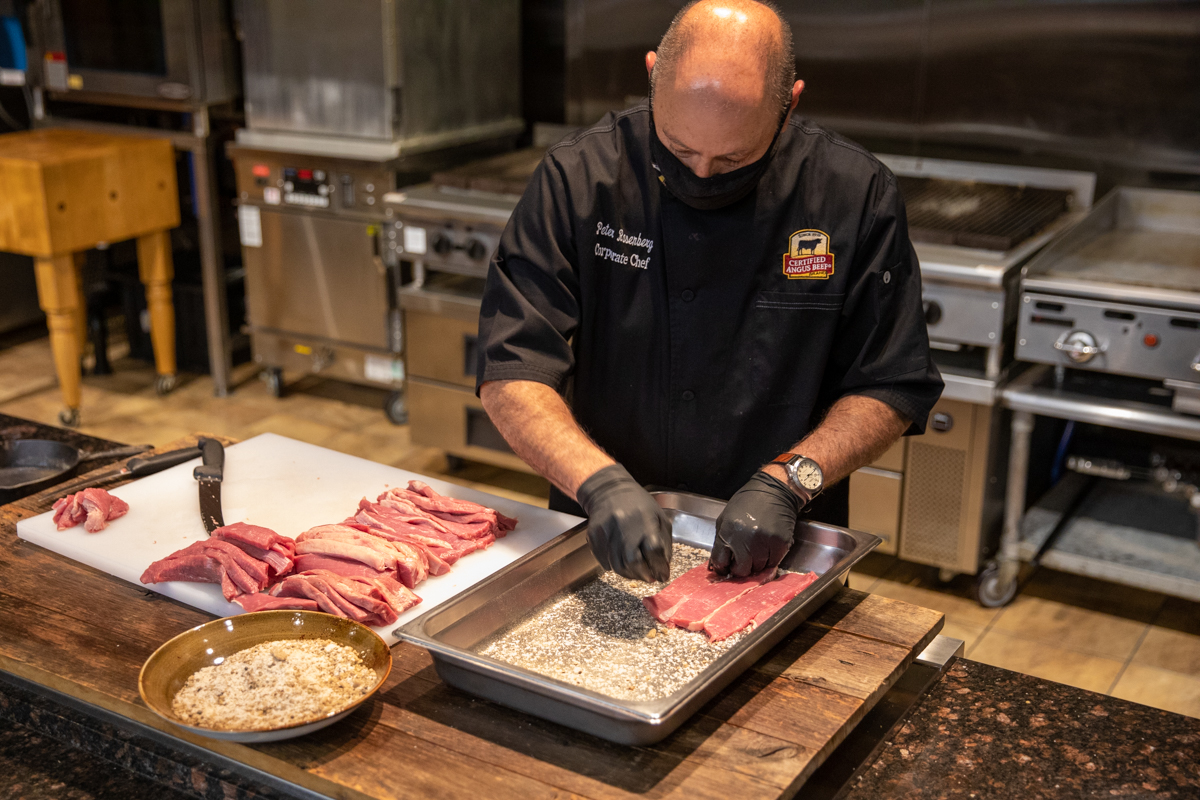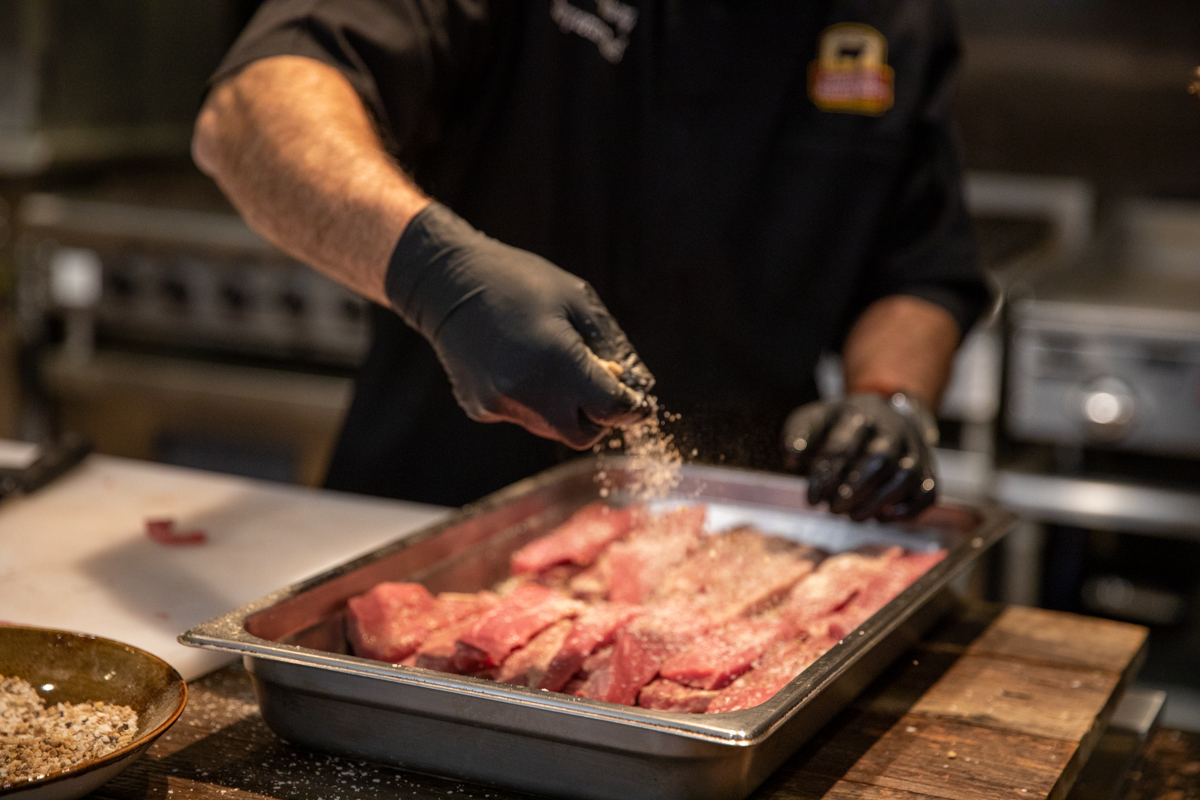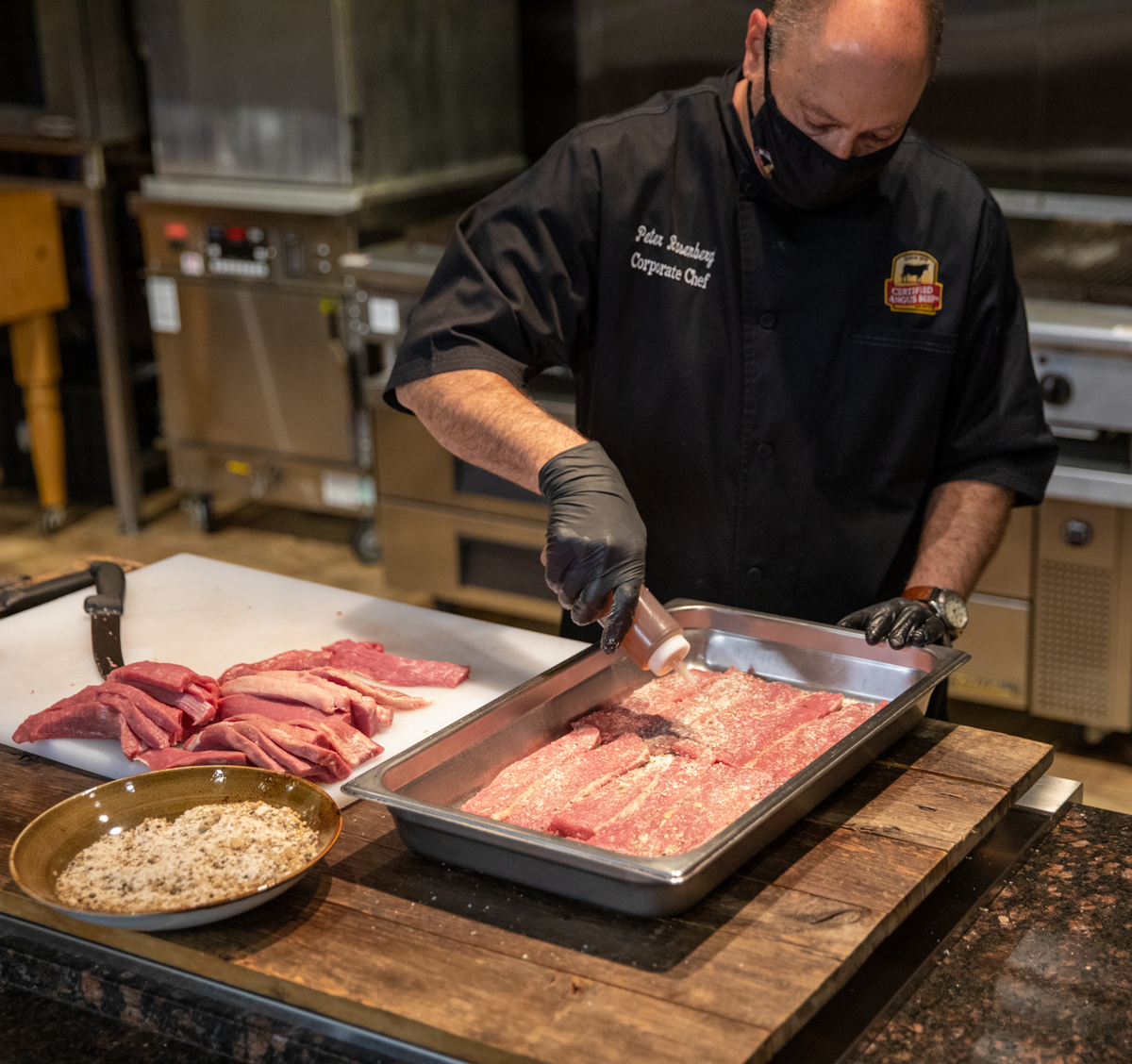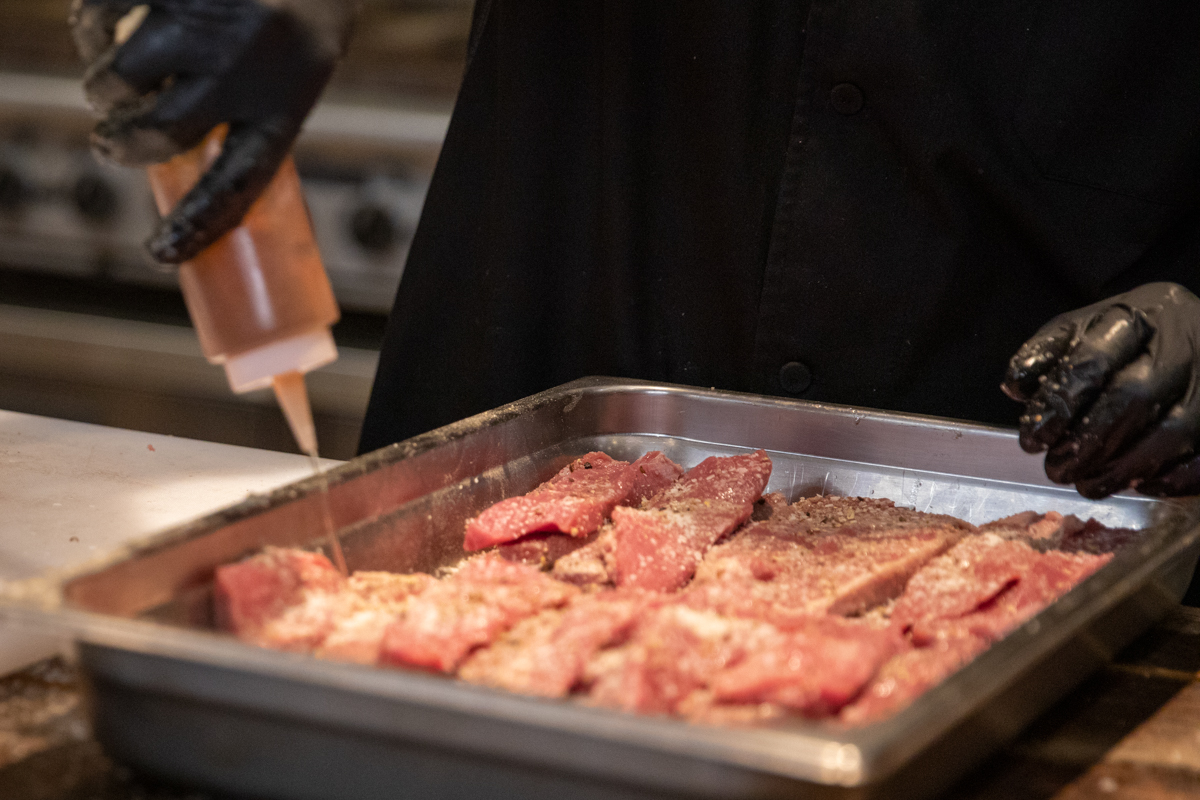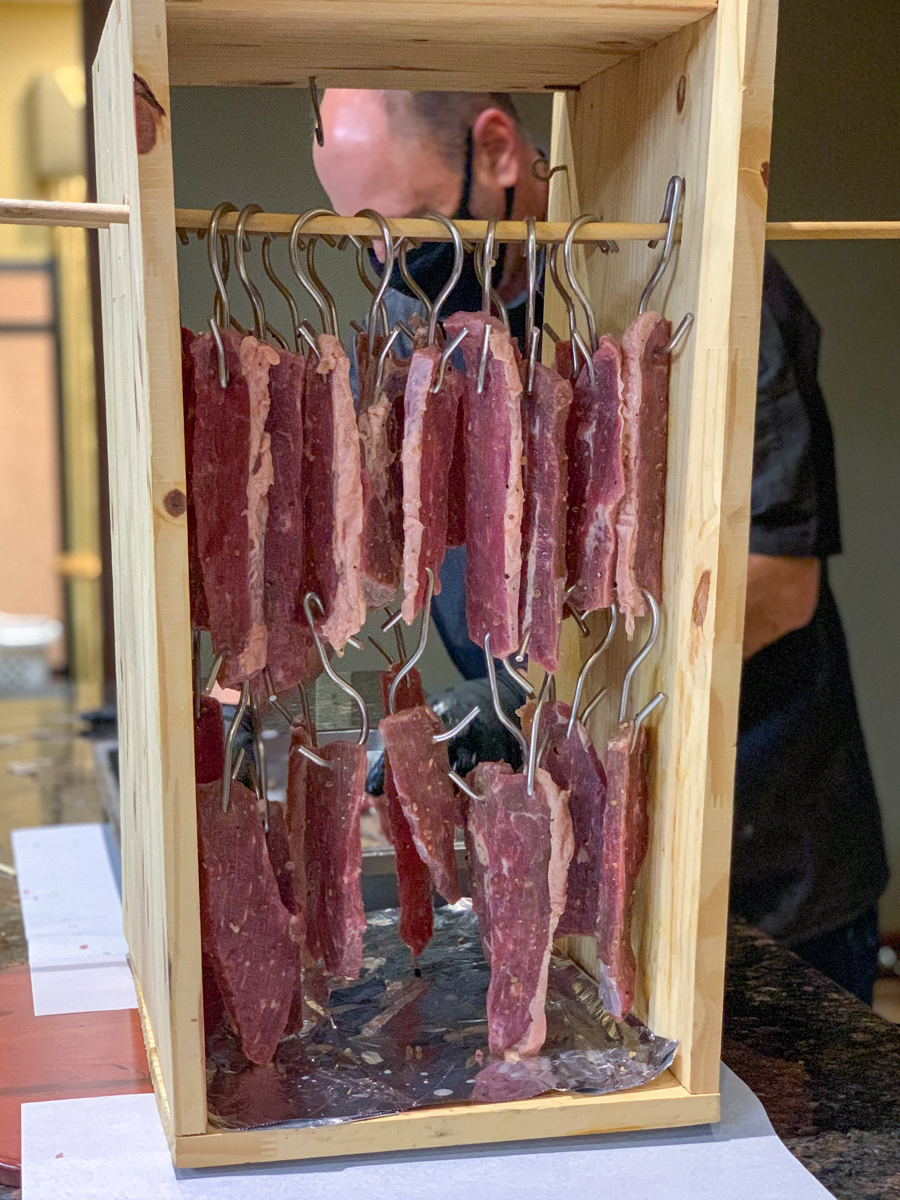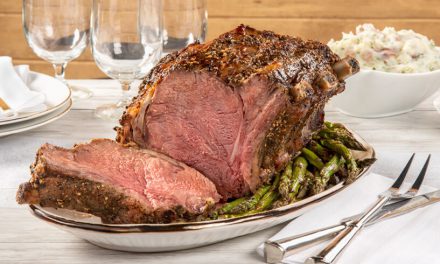Mark Twain once suggested that there is no such thing as a new idea—only old ideas freshly reimagined.
The philosophy applies to beef.
Sometimes, what’s old doesn’t need reimagining, it simply needs to be rediscovered. When Chef Peter Rosenberg noticed “biltong” popping up on trends lists everywhere, he was instantly transported to his childhood growing up in what is now known as Zimbabwe.
The South African snack is a dried beef product similar to jerky. Typically, it’s made from leaner, less-tender cuts from the round.
“Growing up in Africa, biltong is king in the same way that brisket is here in the United States,” says Rosenberg, Certified Angus Beef ® corporate chef. “Just like we go to our favorite barbecue places, in Africa, you go to your favorite butcher.”
Cured and hung on clotheslines across the back of the shop, customers walk in and make a selection.
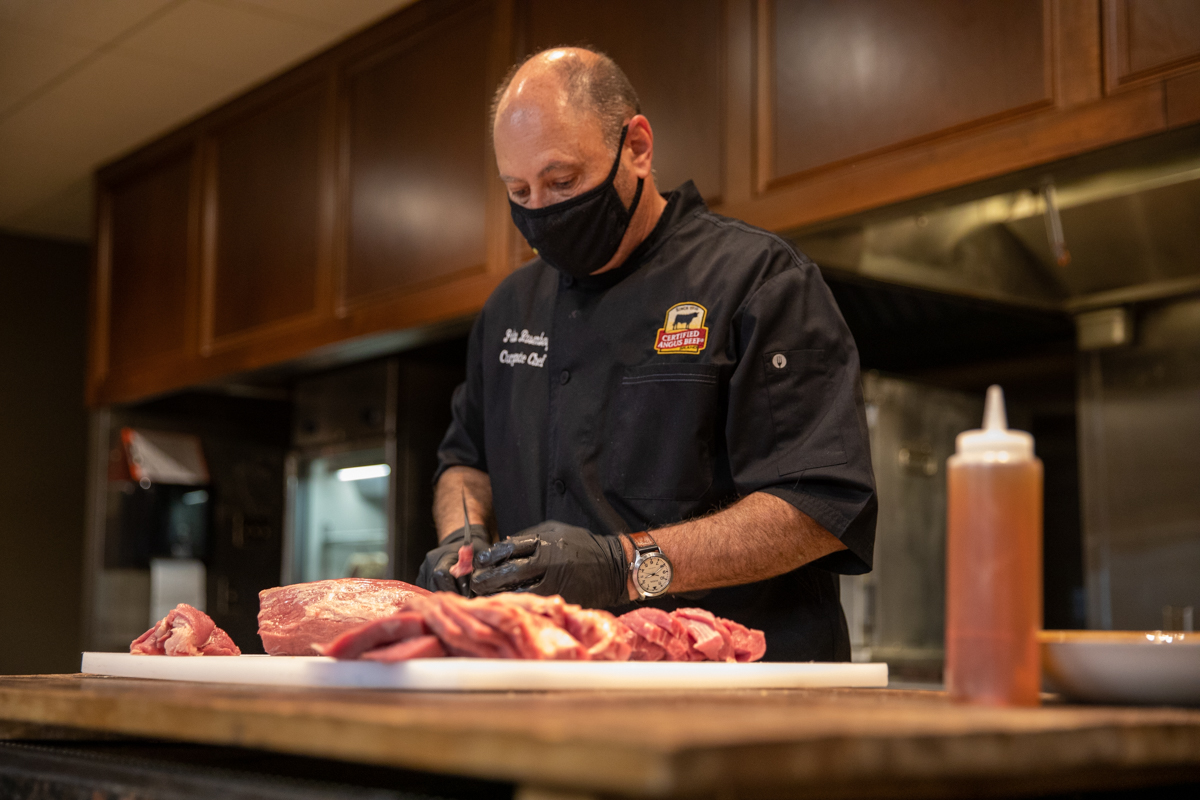
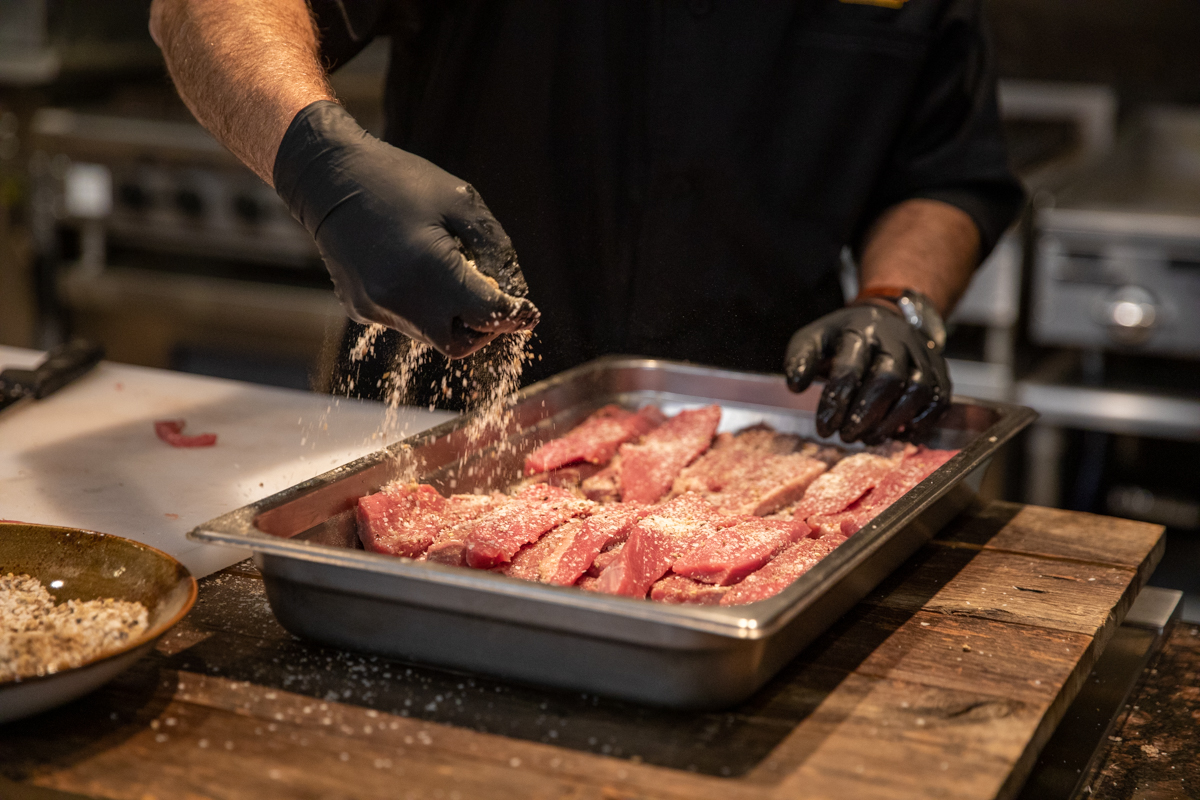
Biltong is not jerky
Though similar to the texture and consistency of jerky, biltong is quite different in its preparation method, Rosenberg is quick to point out.
Both rely on lean cuts, typically from the round (eye of round and top round especially), because too much intramuscular fat can cause problems in the end product. While jerky is traditionally smoked and/or cooked in a low-temperature oven, biltong is hung to air dry for several days after an overnight curing process.
Biltong is also often made with very simple seasonings, Rosenberg says. Just vinegar, salt, sugar, pepper and coriander.
The biggest taste difference lies in the natural fat cap. When left attached to the meat, the flavor and moisture from the fat cap provides unique juxtaposition to the salty, chewy, lean bite.
“The fat cap on it is the best part of the dish,” Rosenberg says. “It gives it that little bit of moisture. And that’s why the round cuts are so good because it has a really thin fat outer cut on it. Every cut from the round is going to have a little bit of that fat.”
The fat adds flavor, moisture, and a little bit juice to the dehydrated beef.
How to biltong
Before getting into curing and seasoning, it’s best to understand the dehydration process that ensures food safety and shelf stability.
“There are different types of water within the meat,” says Meat Scientist Diana Clark. “Some of it is bound, some of it is immobilized, some of it is intracellular, some of it is outside those cells.
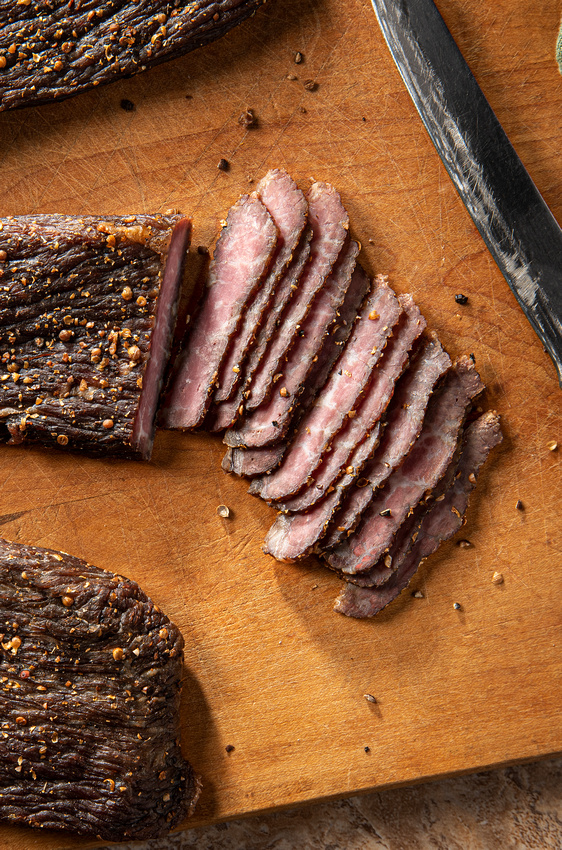
“Your goal is to remove as much of that as you can, because bacteria and molds can only grow when they have access to water. Sometimes we remove that water through salt, other times it’s through heat. There’s also an acid component that helps break down some of that cell structure to remove moisture.”
Clark says fresh muscle has around .98 to .99 water activity. Once dried, biltong measures around .65, below the .72 threshold necessary for shelf stability of meat products.
To make biltong, Rosenberg recommends procuring any cut from the round, because “It’s solid meat. There’s no connective tissue to worry about.”
Trim the round cut into three-quarter inch-thick strips with the grain, place in a pan and cover with a mixture of salt, sugar, black pepper, coriander and brown vinegar (typically apple cider).
After 24 hours, remove the biltong and hang to air dry for 3-4 days with a fan on the low setting to speed the process.
Once complete, simply trim bite-sized pieces against the grain and enjoy.
To learn more about biltong, listen to episode 8 of the Meat Speak podcast with Chef Peter.

